Hook
“Before there were microwaves and shortcuts, there were grandmothers with brass pots, ghee-stained dupattas, and songs on their lips — and they made Pue and Kheer on nights when devotion demanded sweetness and homes became temples.”
BURASU — The Wordless Emotion
“BURASU” — possibly your ancestral or cultural reference — speaks not just of a dish, but a moment in time — when the house smells of ghee, the courtyard has diyas, and the first ladle of creamy kheer is offered to Maa Bhavani, Mata Rani, or even to ancestors.
In Punjab, this dish is made during:
- Karva Chauth
- Teej
- Puranmashi (Full Moon)
- Navratri offerings
- Rituals for departed souls
It’s a blend of the humble and the divine.
Ingredients: (Serves 4–5, or 2 souls in deep nostalgia)
For Kheer:
- Full cream milk – 1 liter
- Basmati rice – ¼ cup (soaked 30 mins)
- Sugar or jaggery – to taste (traditionally ~4–5 tbsp sugar)
- Green cardamom (elaichi) – 3–4 pods, crushed
- Cashews, almonds, raisins – optional, for garnish
- Rose water or kewra – ½ tsp (optional, for aroma)
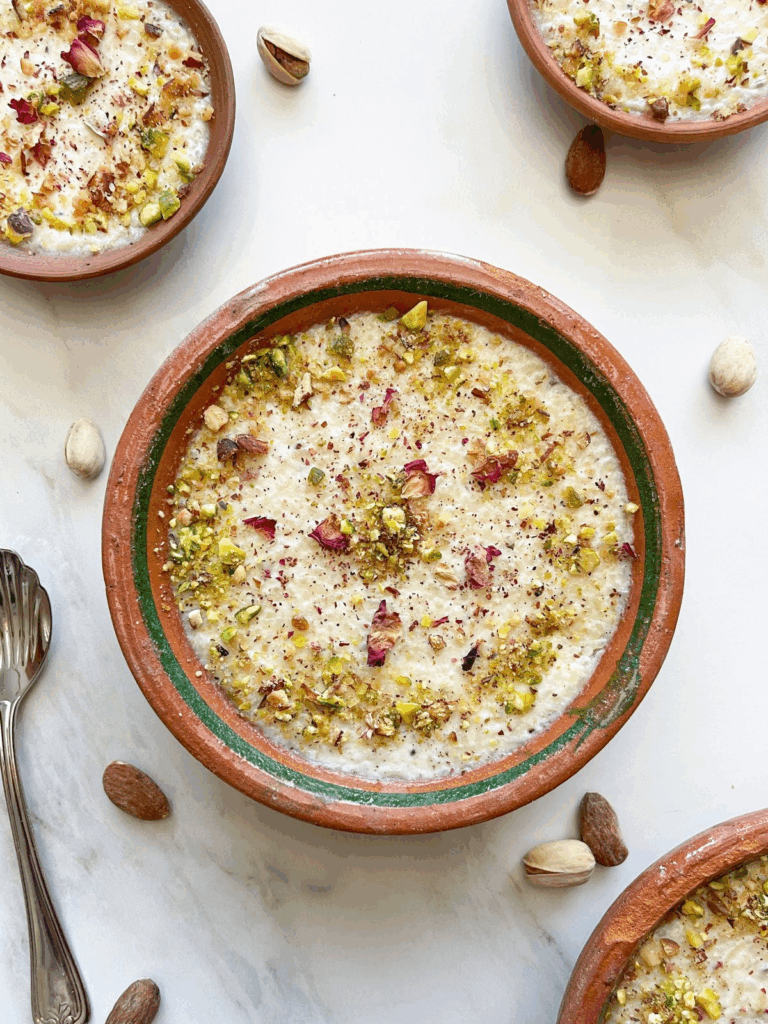
For Pue (Punjabi-style mini pancakes/fritters):
- Wheat flour (atta) – 1 cup
- Fennel seeds (saunf) – 1 tsp
- Sugar or jaggery syrup – ¼ cup or as needed
- Water or milk – to make a thick flowing batter
- Ghee or oil – for frying
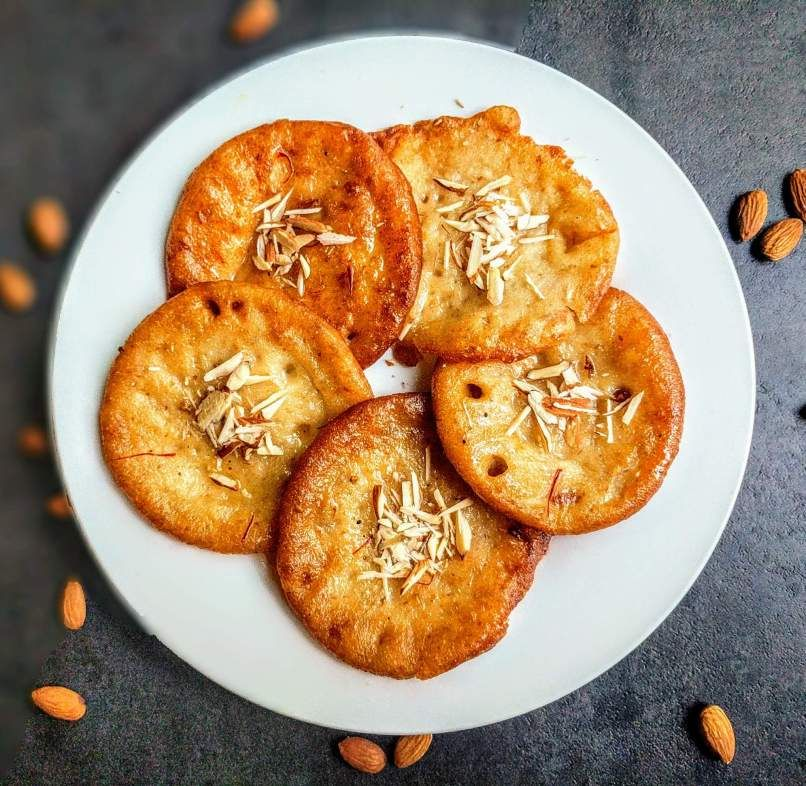
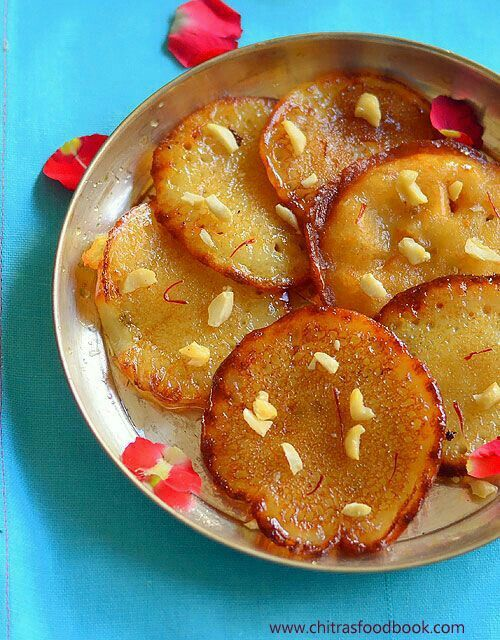
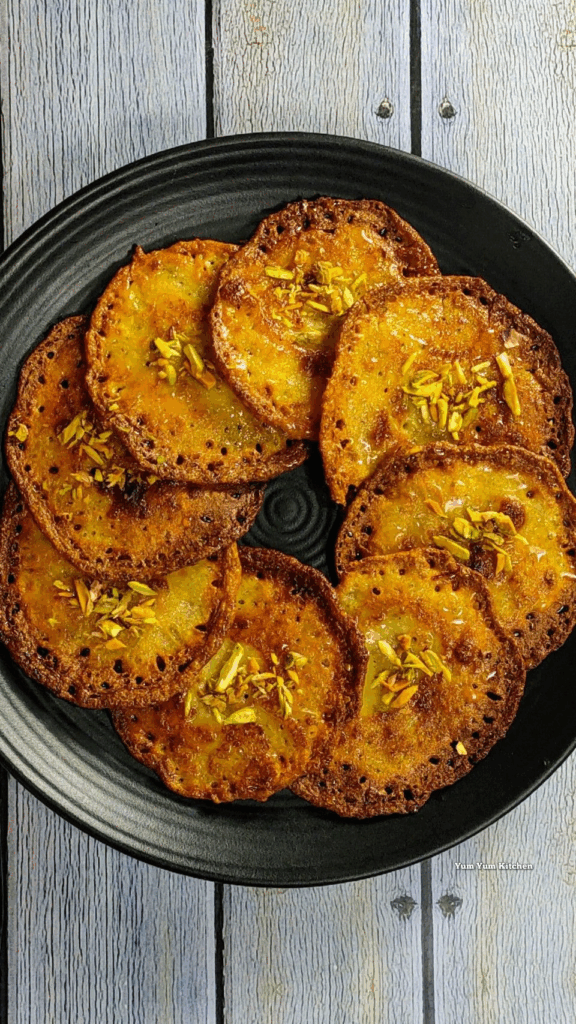
Let’s Begin – With Aroma, Ritual, and Love
Step 1: Begin the Ritual – Not Just Cooking
- Light a diya.
- Clean the cooking area.
- Offer a silent prayer — this is ann seva, an offering to the divine.
Let your mind become still. Cooking this is a meditation.
Step 2: The Kheer — Patience in a Pot
- In a heavy-bottomed pot (preferably brass or steel), bring milk to a boil.
- Lower the flame and add soaked, drained rice.
- Stir often — feel the milk thicken, hear the gentle simmer — this is time slowing down.
- Add crushed cardamom — the aroma will bloom like the memory of a childhood lullaby.
- Let it cook slowly for 30–40 minutes until the grains are soft and the milk is reduced, creamy, and slightly pinkish.
- Add sugar and stir till dissolved. Turn off heat.
- Optionally, add rose water or kewra for divine fragrance.
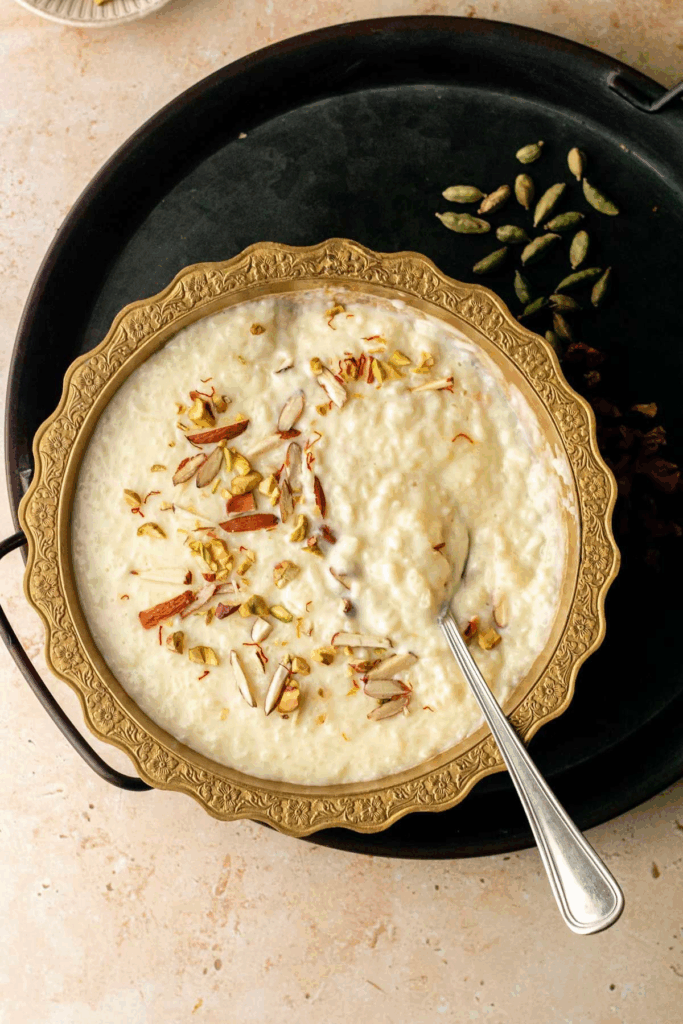
Emotions:
Every stir, every rise of steam from the kheer — it is your story, your grandmother’s voice, your connection to the land.
Step 3: The Pue — The Golden Drops of Offering
- Mix wheat flour, sugar/jaggery syrup, fennel seeds, and water/milk into a thick pouring batter.
- Rest it for 10–15 minutes — the batter should coat the back of a spoon.
- Heat ghee/oil in a small pan.
- Drop spoonfuls of batter to form small round pancakes — let them fry till golden brown on both sides.
- The aroma of fennel and jaggery frying in ghee is unmistakably Punjabi — rich, warm, like a mother’s shawl wrapped around you.
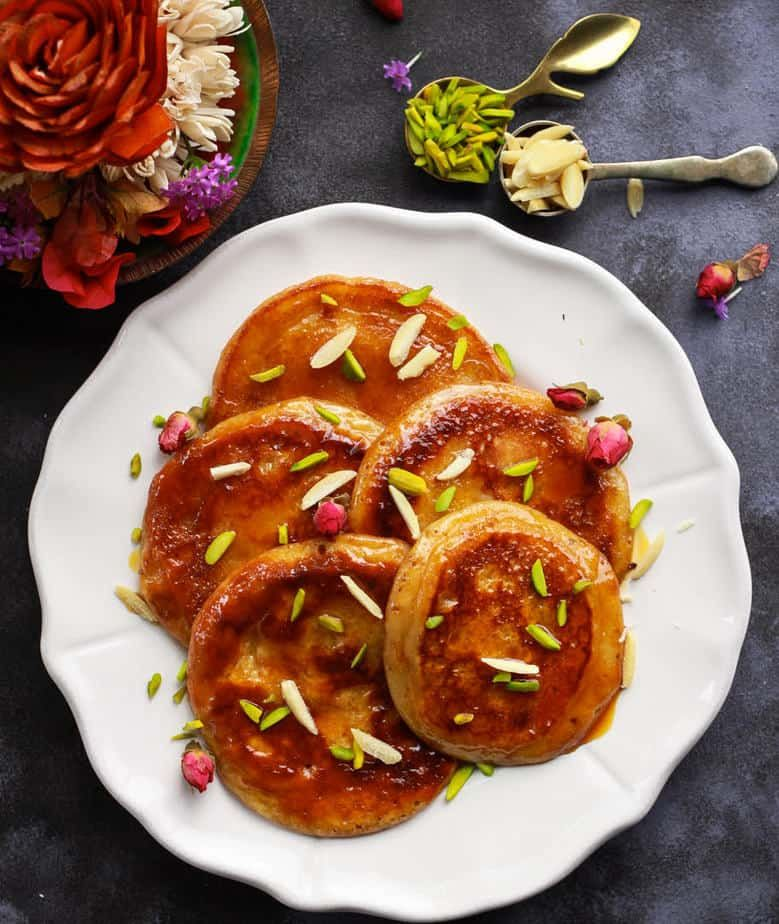
Step 4: Assembly — The Marriage of Earth and Sky
- In a bronze thali or earthen bowl (if available), pour warm kheer.
- Place 2–3 pue gently over it, like floating blossoms.
- Garnish with slivered nuts or dried rose petals if offering.
The Offering (Bhog)
Offer the dish at your home altar. Fold your hands. Let the aroma rise like incense. You can recite:
“Maa Rani, tuhe arpan hai — is khane mein pyaar hai, sanskaar hai, aur teri kripa ka prasad hai.”
The Emotions After…
- When you eat it — warm kheer, the softness of pue soaked in sweetness — you’re not just eating a dessert.
- You’re tasting soil, soul, and stories.
- A food made not to impress, but to express — of reverence, memory, and quiet joy.
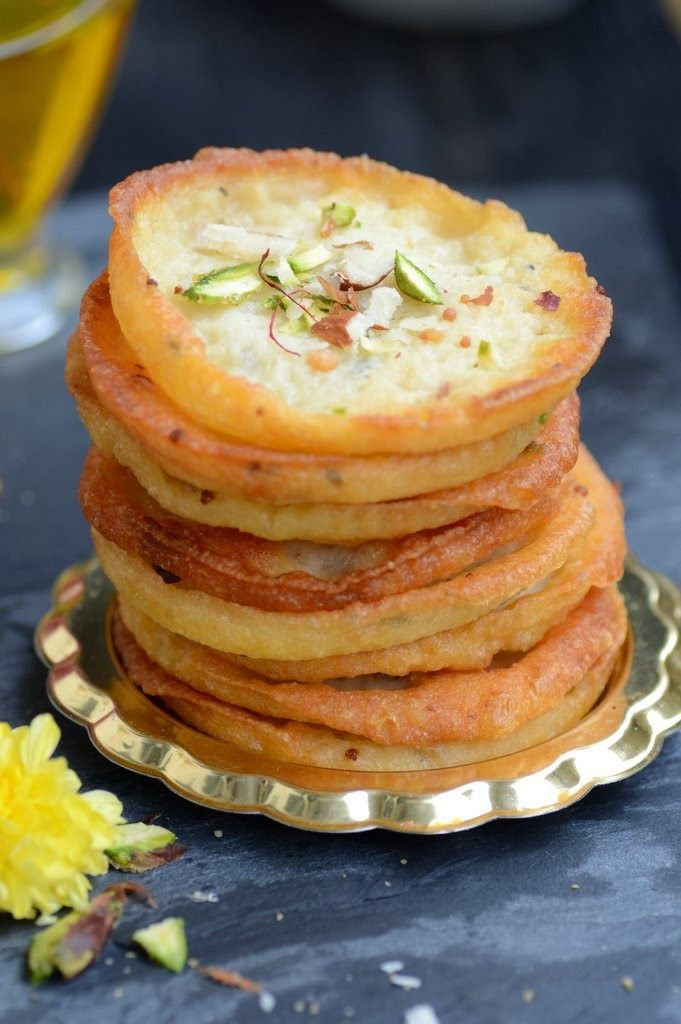
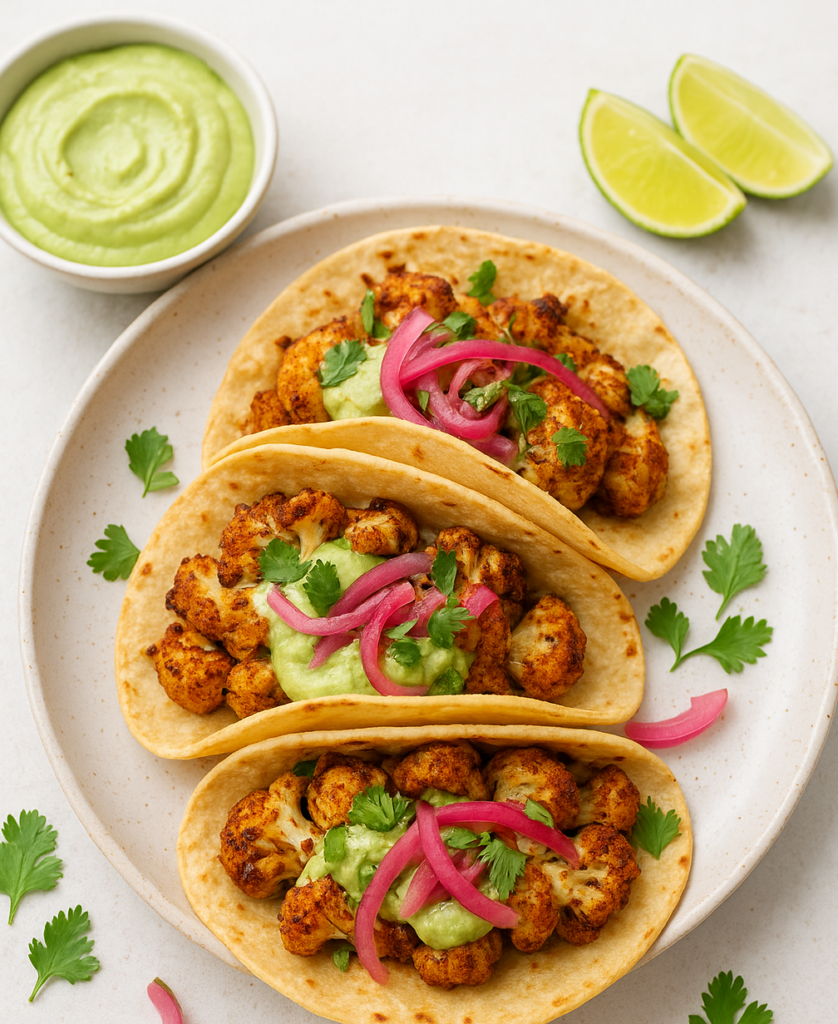
No responses yet